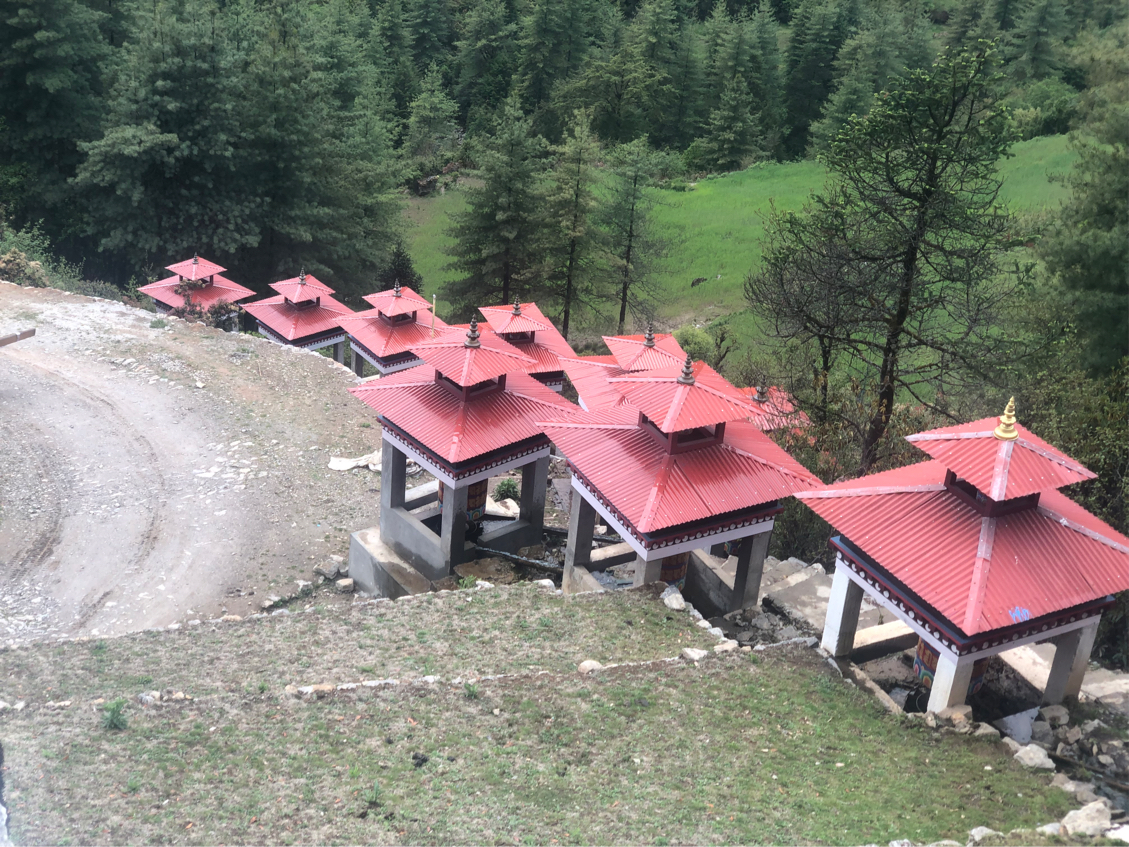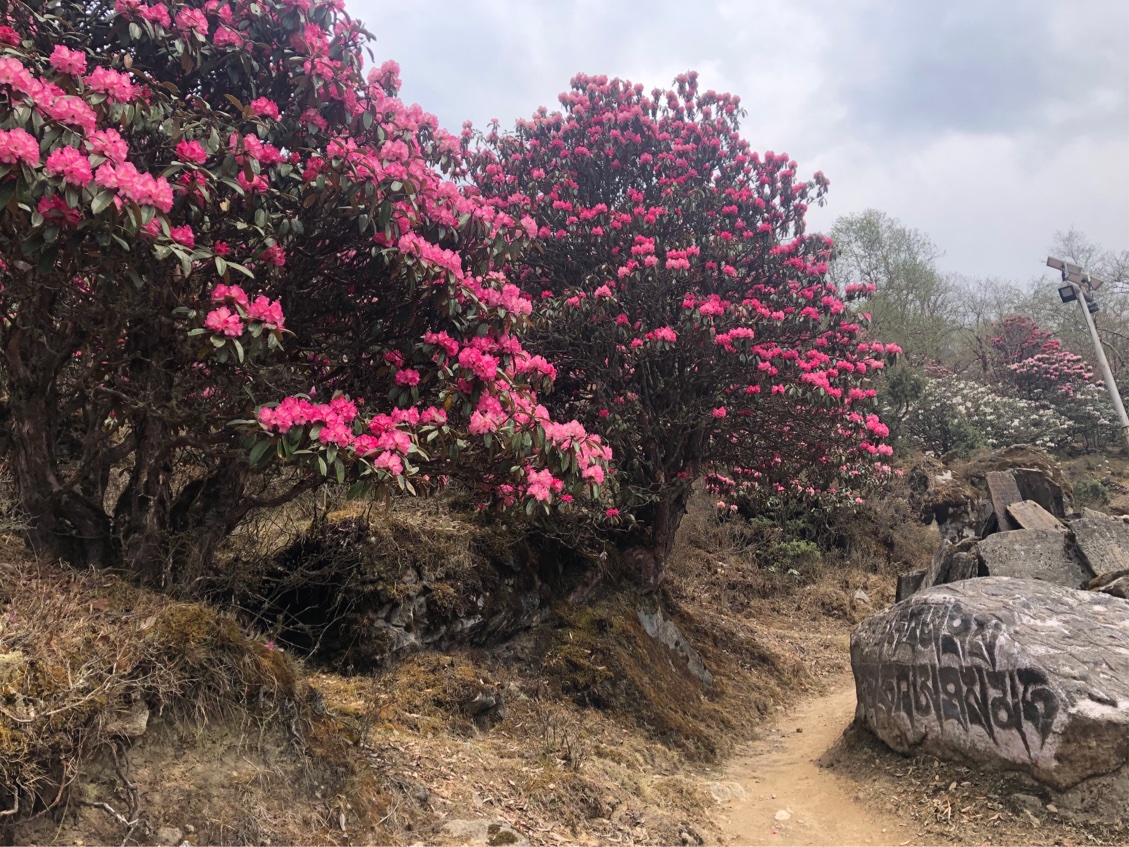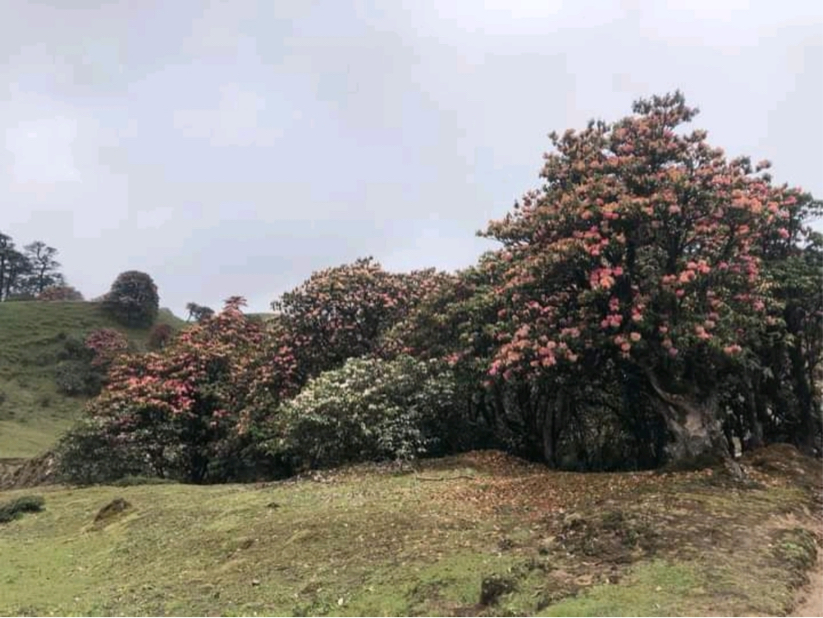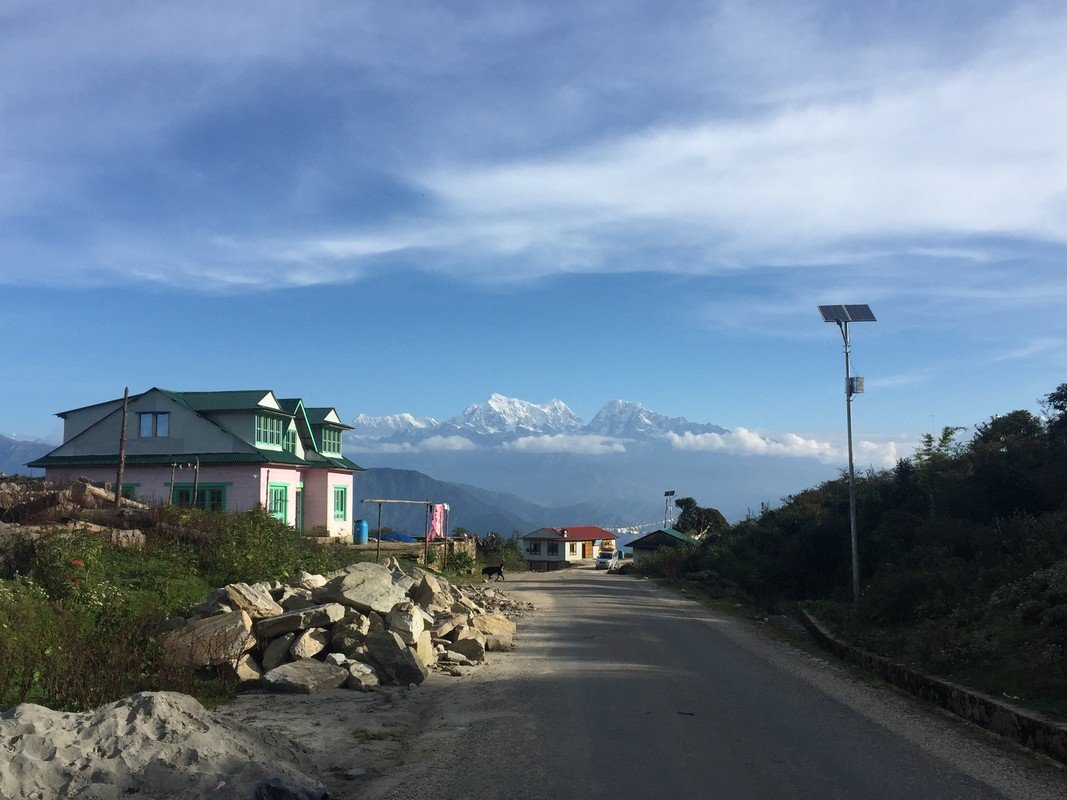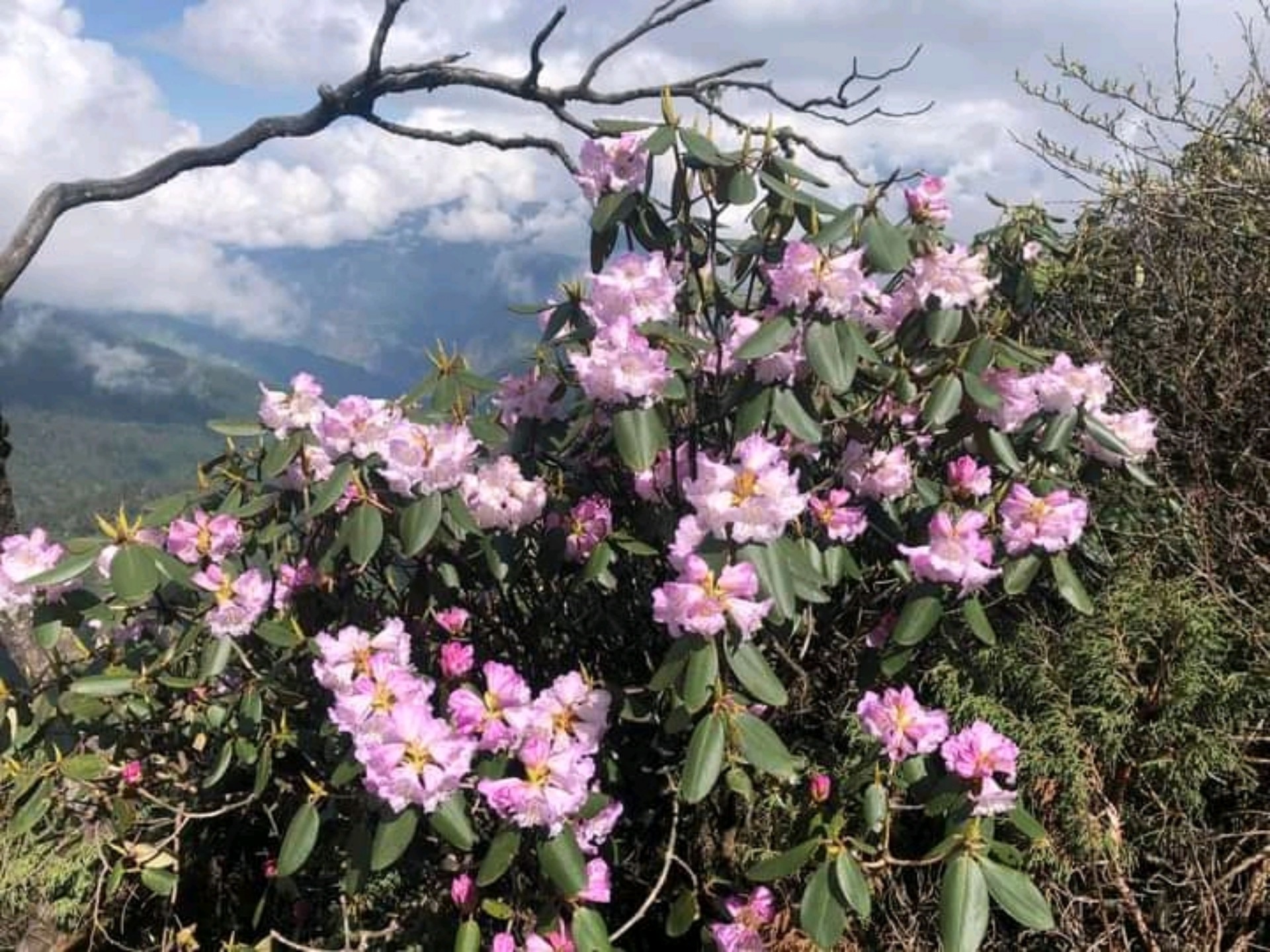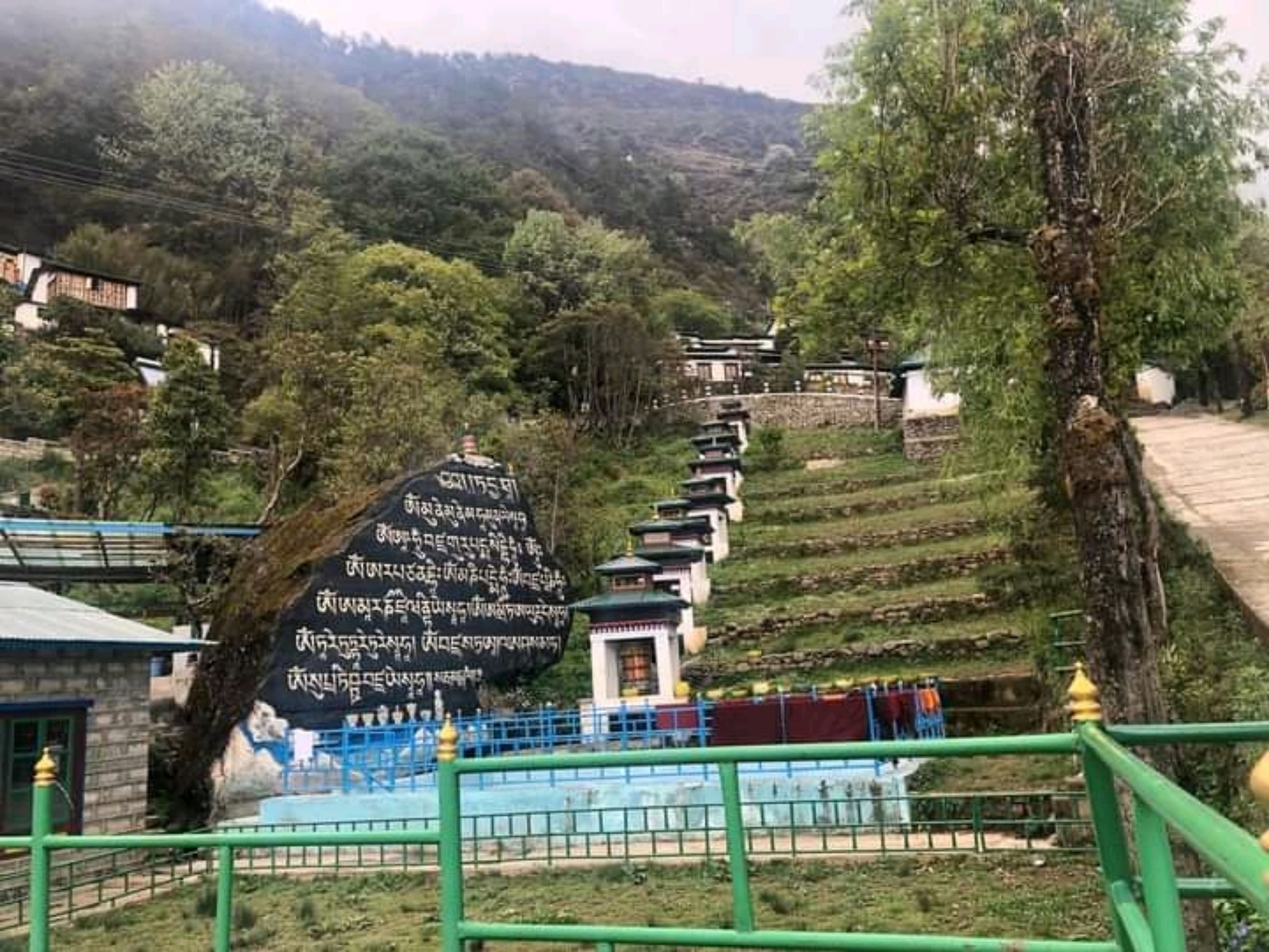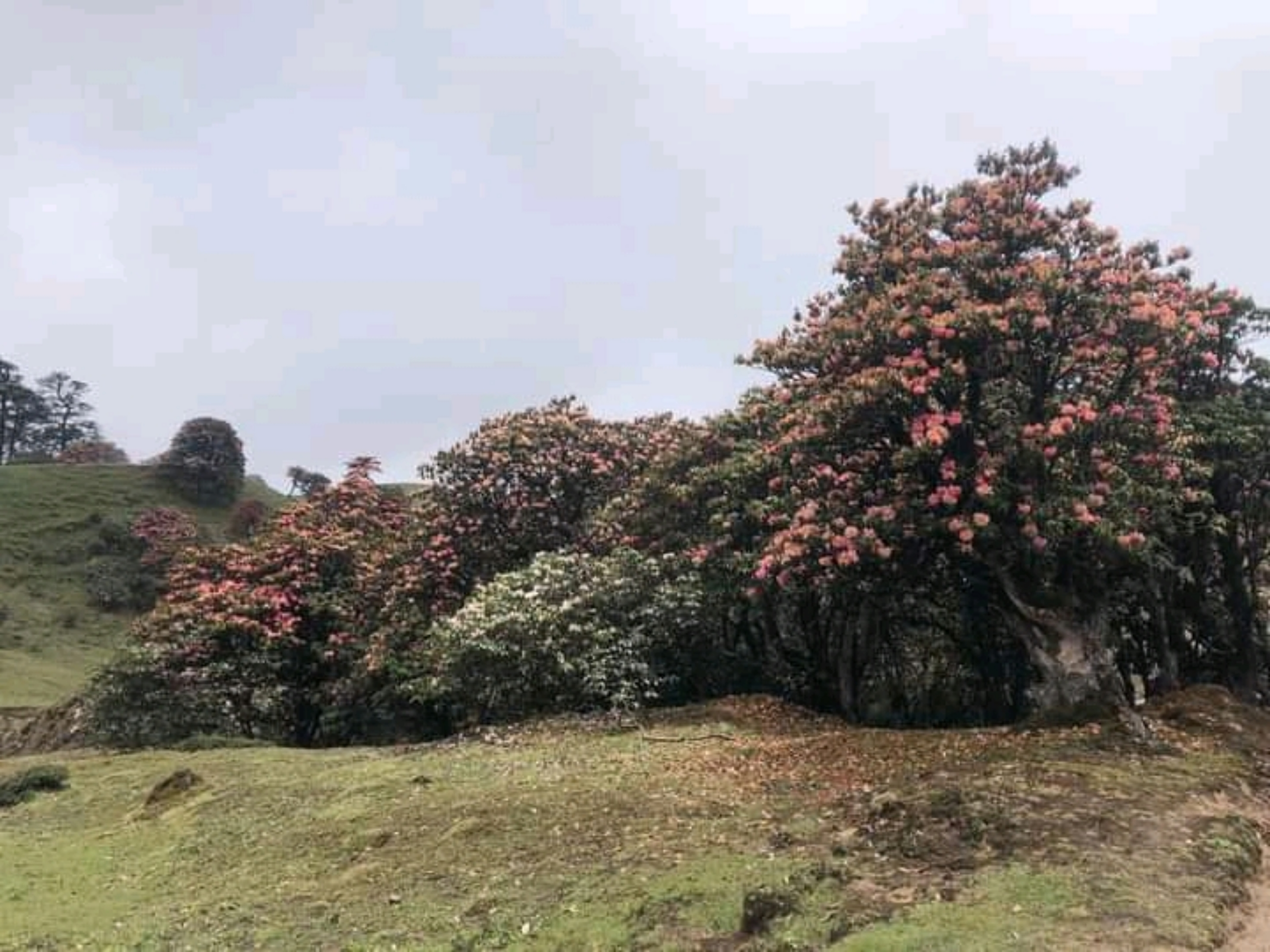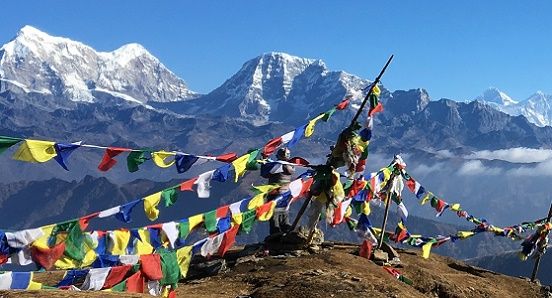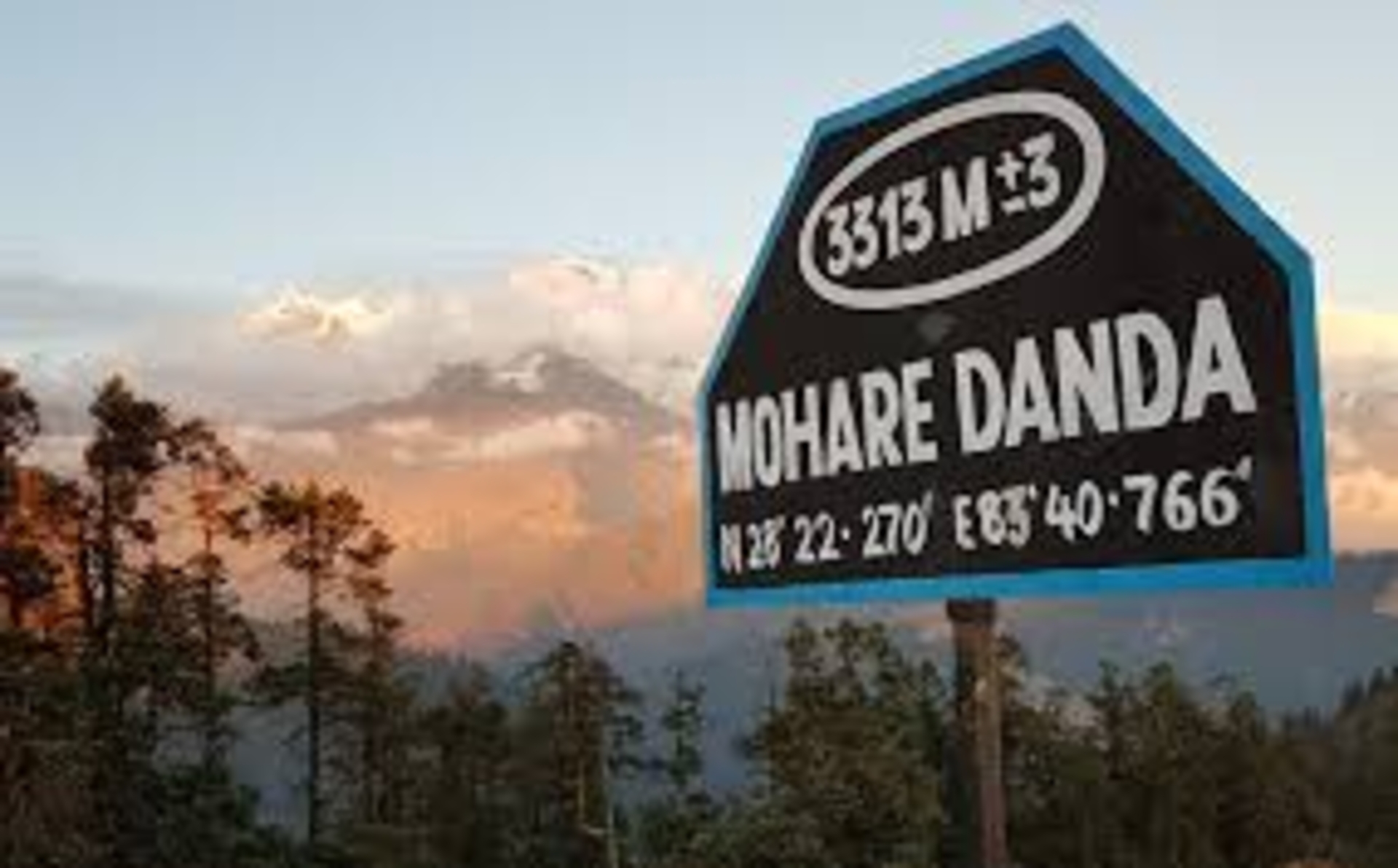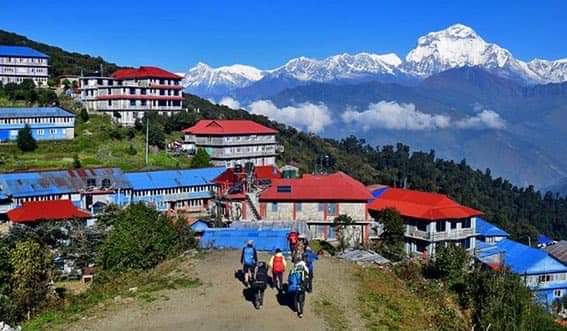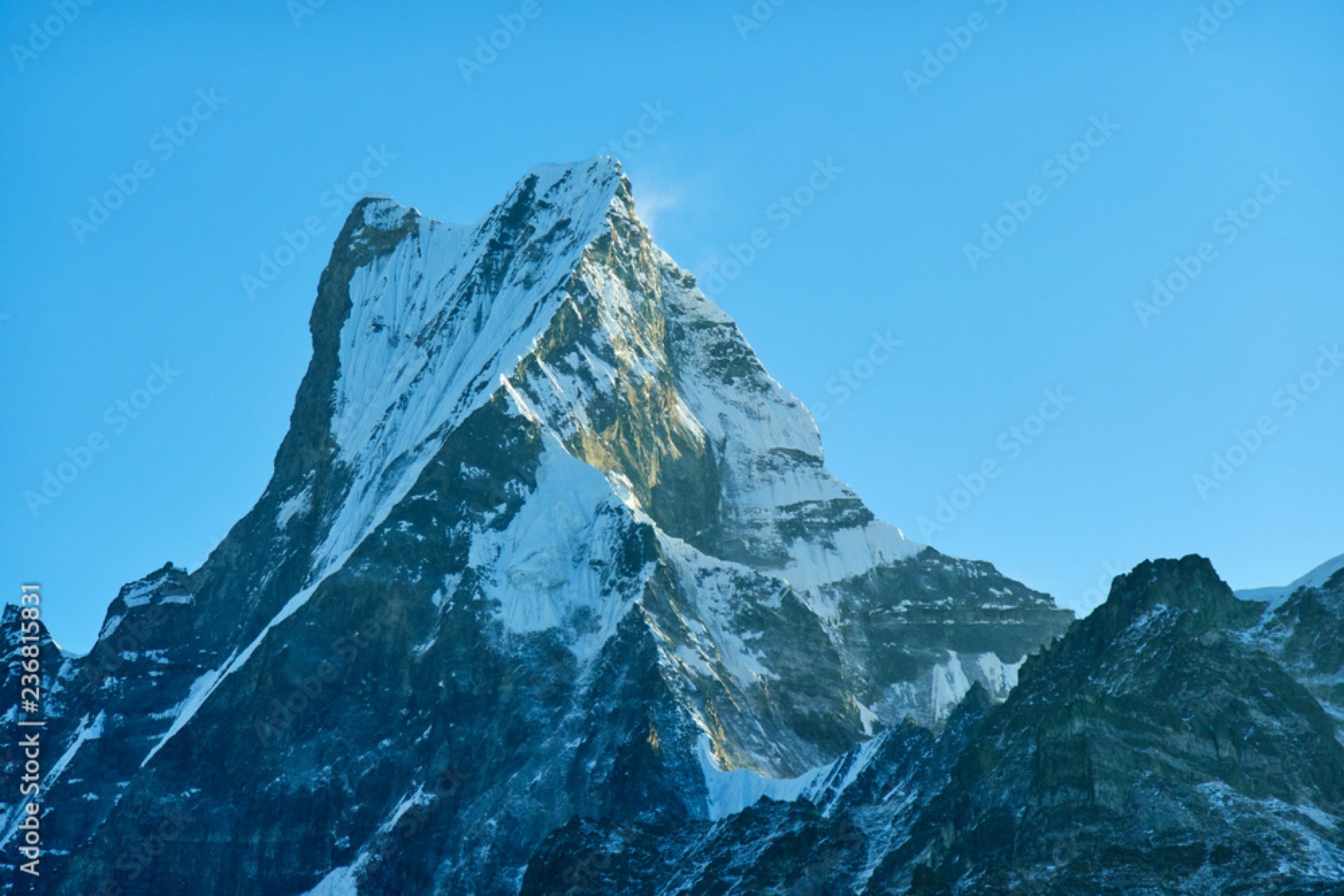Overview
Pikay Peak Trekking In 10 Days
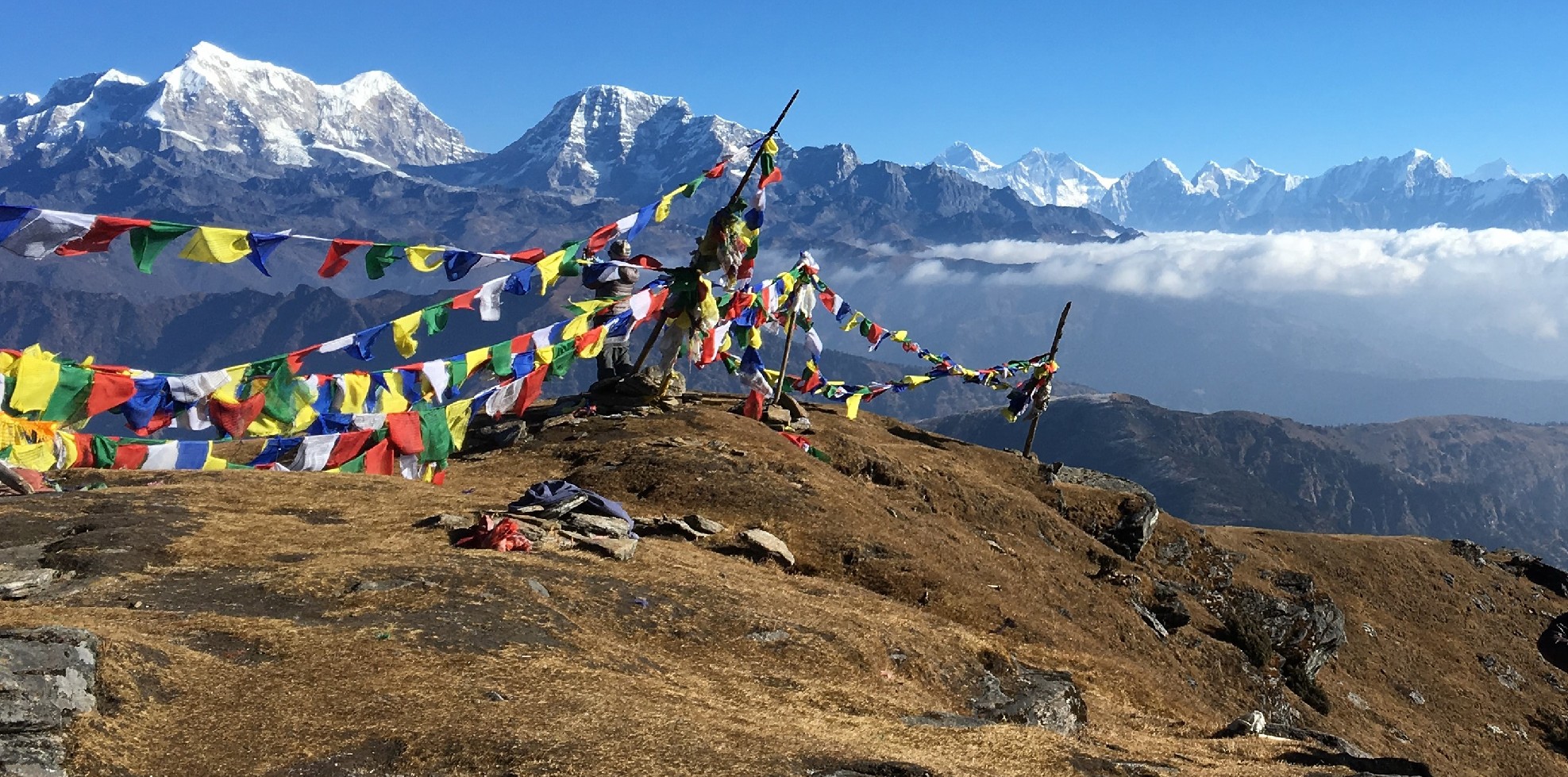
The Pikey Peak Trek is a recently introduced trekking trail in the lower Khumbu region. Pikey peak provides the best close-up views of Mt. Everest. Pikey is a local name that denotes the sky over nature. The Pikey peak trek is a rewarding opportunity to view the best of the lower Khumbu region. This trek offers the best sceneries of the enchanting landscapes. You will see the best sunrise and sunset views over the gigantic peaks. From Pikey peak, you’ll see the most satisfying views of the towering peaks including Dhaulagiri, Everest, Makalu, and Kanchenjunga. Trekking through the lush forests, and astounding sceneries will give you the best memories of a lifetime. Trekking to Pikey peak means you will have the opportunity to engage with the local people to discover their way of life, their traditions, and culture. You will walk through the different Sherpa settlements where you can witness the unique Sherpa Culture and their warm hospitality. You’ll also come across some ancient and beautiful monasteries with Buddhist Stupas along the trek route.
The Pikey peak trek is a teahouse trek. You’ll find several teahouses en route to the peak. The teahouses provide basic facilities with good services. The teahouses provide food menus that include continental, Indian, as well as Nepali cuisines. Pikey Peak Trek is suitable for anyone. our 7 days short Pikey peak trek is suitable for experienced trekkers as well as the beginners. This trek route is beautiful. It never fails to amaze the trekkers. This trek itinerary limits the daily gain in altitude, thereby reducing the risk of altitude sickness. Thus, this trek is a comfortable trekking trial to those who are willing to trek in the Everest region but are afraid of going to the higher Khumbu region. In this trek, you can witness the majestic Himalayan peaks and the authentic local lifestyle in the mountains.
Though this trek isn’t as difficult as other treks in the Everest region, it isn’t so easy. Thus, we suggest you prepare for your trek by spending some time to train yourself. Practice some training like Jogging, Running, Swimming and other exercises a few weeks before your trek. September to December (Autumn) is the best time for Pikey peak trekking. Also, March to June (Spring) is the second-best time after autumn. These seasons have wonderful weather and climatic conditions. The temperatures are moderate and allow comfortable treks. Also, excellent views are the highlights of trekking in these seasons. Monsoon (June to August) is the off season to trek. This is because monsoon brings heavy rainfall in the Everest region. Due to the monsoon rain, the trekking trail gets slippery and wet. Also, there will be risks of landslides at some portions of the trek. The lush vegetation and exotic greenery are the highlights of trekking to Pikey peak in summer. Winter (December to February) is the coldest time of the year at Everest. The region gets very cold. The atmosphere is moist and humid. If you are someone who can stand the extreme cold in winter, you can go on the trek.
ACCOMODATION
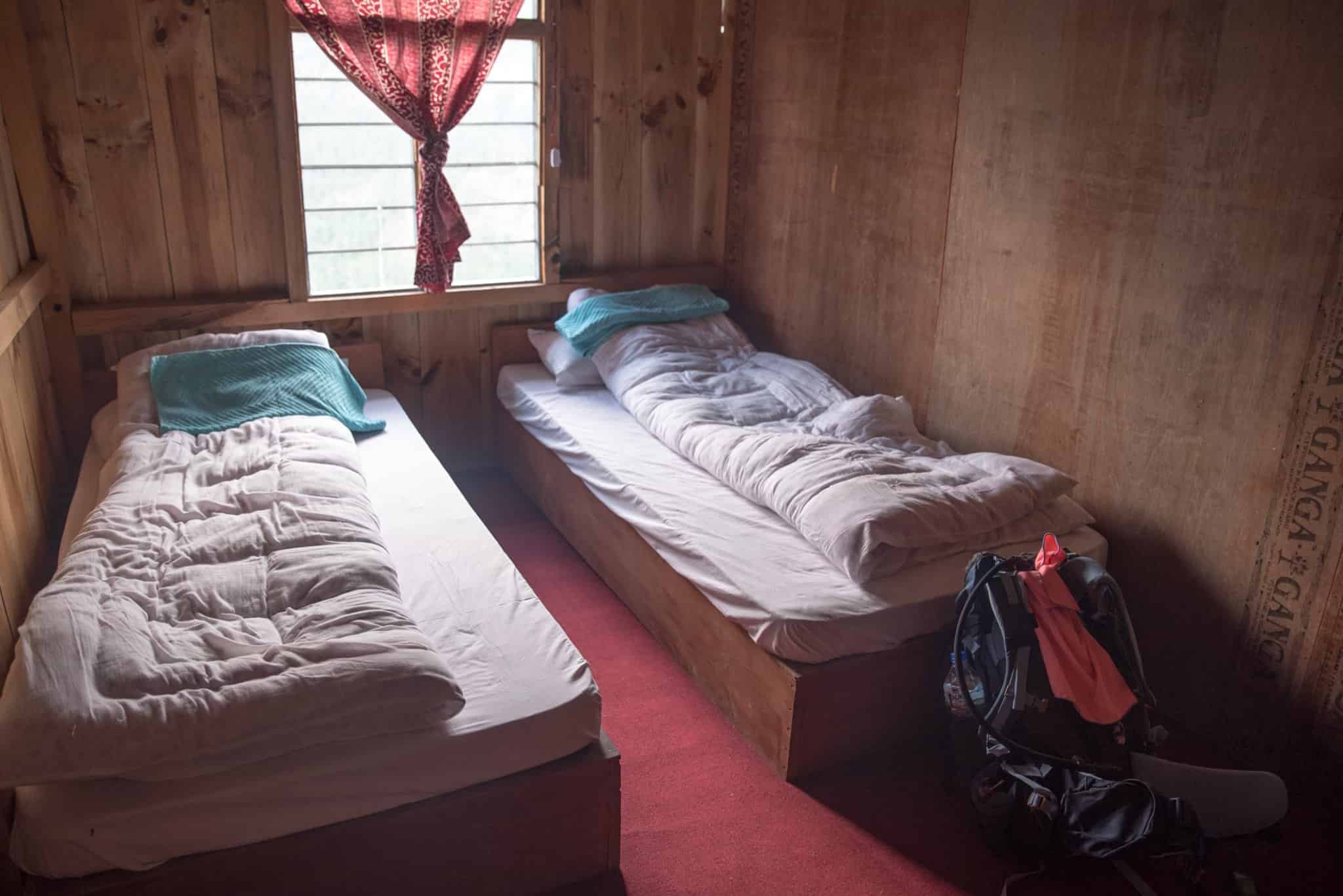
We will be accommodated in 3-star hotels in Kathmandu ; and tea houses during the trek. All accommodations are on twin-shared basis. Single supplement will be served on request and will cost an additional USD 260. Conqueri will arrange rooms with attached washrooms; however, tea houses in some places only have shared washing and toilet facilities. Also note that single rooms are readily available in Kathmandu,and the trekking regions at lower elevation but it might be difficult to find them at higher elevations.
MEALS
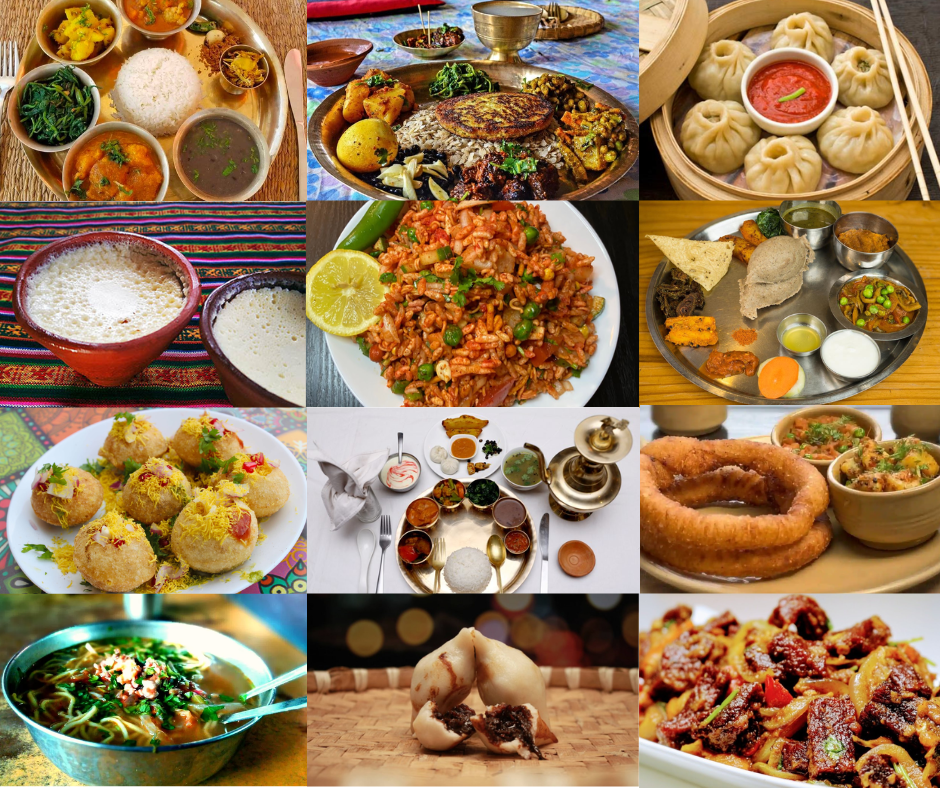
During our trek, we can enjoy authentic Nepalese food as well the more common international cuisine (Tibetan, Continental, Italian, Indian, etc.). Breakfast and dinner will be provided from the tea house or from a lodge menu where we spend the night whereas lunch will be provided on the way to the next destination. All meals including breakfast, lunch and dinner, will be provided during trekking while only breakfast will be available in Kathmandu. There will also be welcome and farewell dinners.
PHYSICAL CONDITION & EXPERIENCE REQUIREMENTS
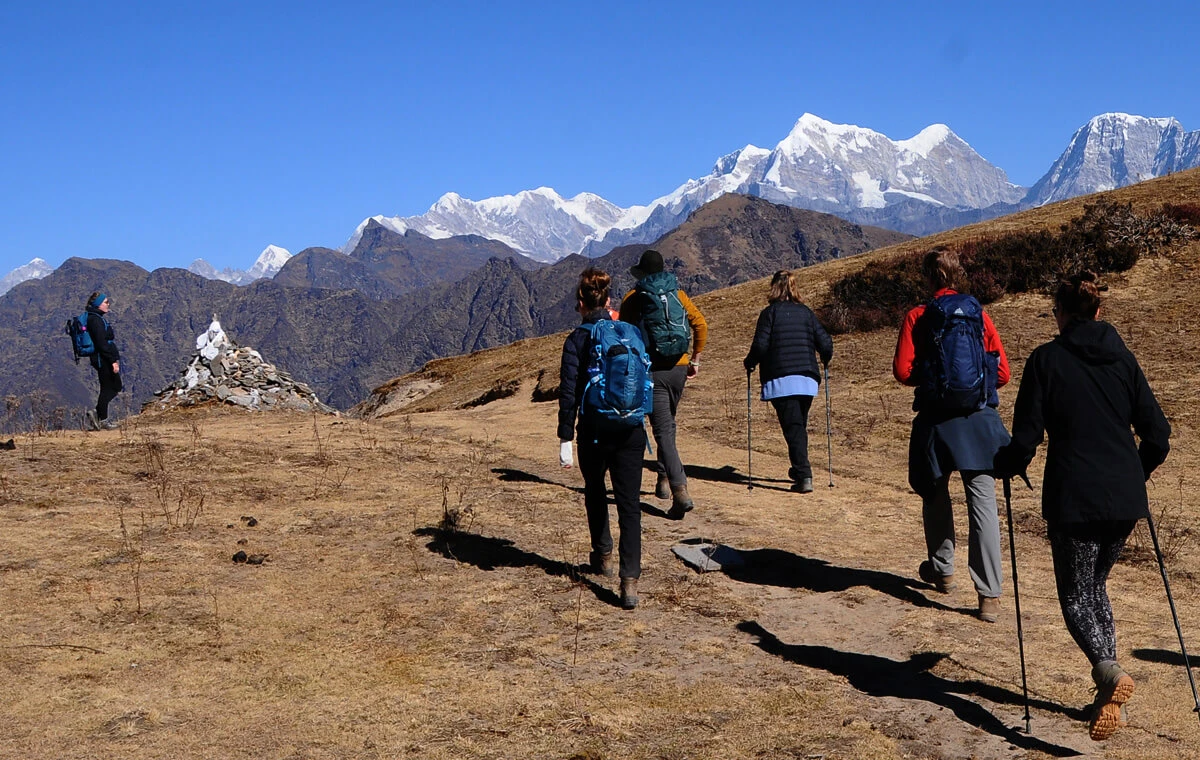
This is a moderate trek suitable for passionate walkers who have the ability to walk at least 5-7 hours a day with a light day pack. Walking in higher altitudes is more physically demanding than walking in lower altitudes; however, if we are in excellent health with average physical fitness and have a positive attitude, self-confidence and strong determination, we can accomplish this trek successfully. Exercising and jogging regularly for some weeks prior to the trip is a good idea to enhance our strength and stability. Past hiking experience would be an asset but no technical skill is required for this trip.
BEST TIME TO TRAVEL
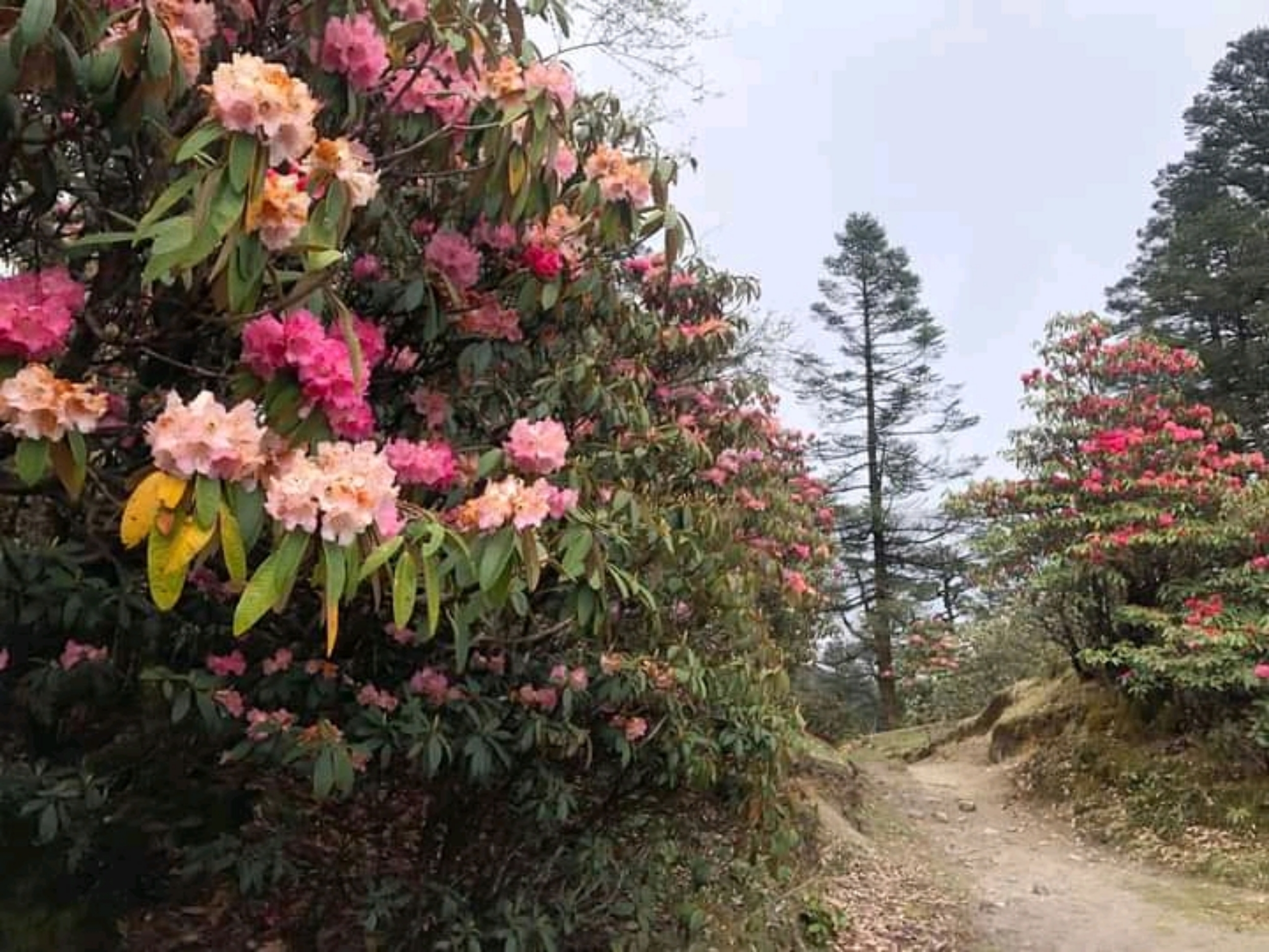
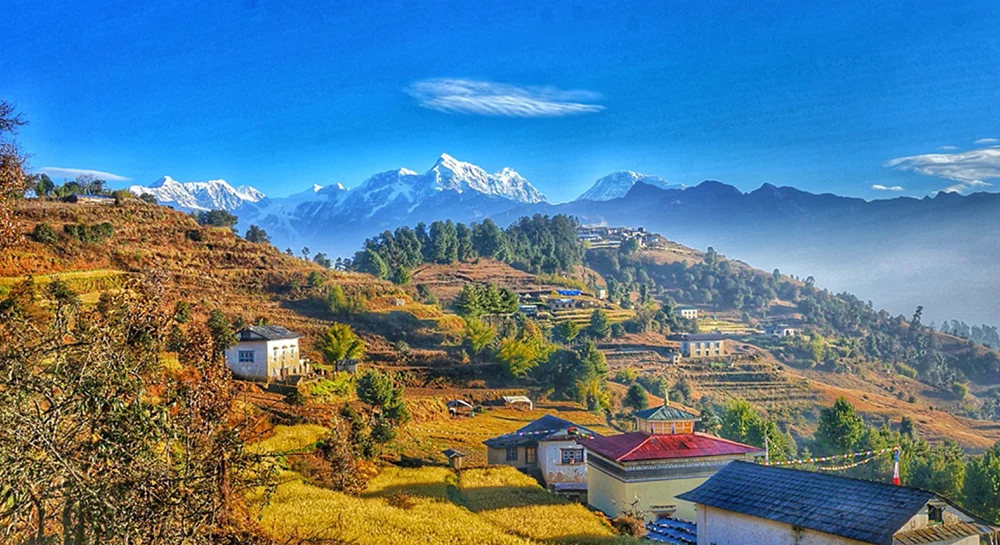
Autumn (Sept. to Nov.) and Spring (March to May) are the best seasons for trekking in the Annapurna region. The weather is sunny and warm with outstanding views. If you wish to avoid crowds and enjoy some alone time with nature, then taking this trip during winter (Dec., Jan., Feb.) could also be an option. However, the temperature during winter could be harsh for most guests. Trekking in the summer or monsoon season (June to Aug.) will be affected by rain but the summer trek could be a boon for a keen botanist.
COST EXCLUDES
- Nepal entry Visa fee
- International air ticket
- Hard drinks, beverages such as coke, mineral water and alcohol
- Hot shower, hot water, and battery charge Internet (Wi-Fi) during trekking.
- Personal travel insurance, any kind of electric devices charging and WiFi
- Rescue operation charge in case of an emergency.
- Tips for Nepalese staff

